A security camera takes pictures or records video indoors and outdoors to monitor people and property. These systems can be wired or wireless. Contact Mobile Surveillance Cameras now!
While they don’t prevent theft entirely, security cameras can deter criminal activity by warning would-be thieves that they’re being recorded. They also help owners track their workflow and spot opportunities for efficiencies.
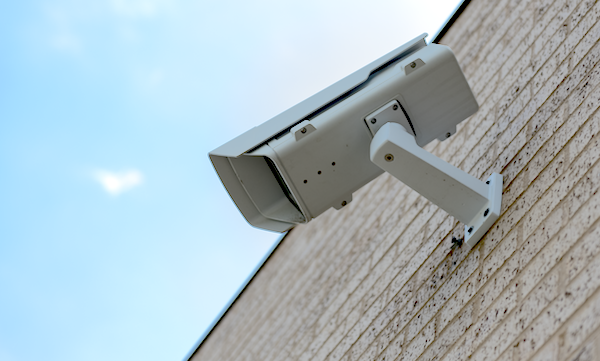
When security cameras are used to monitor a particular area, they provide a visual deterrent for criminals. They’re especially effective in areas where people are moving frequently, such as very busy crosswalks and large parking lots. Visible cameras also work well in nooks and crannies that might otherwise be difficult to monitor with traditional methods. Pairing a camera system with prominent signs that make it clear that surveillance is taking place can also be an effective deterrent.
In addition to their obvious deterrent effects, security cameras can help solve crimes by capturing actionable evidence. Video recordings can help police officers identify suspects, and high-resolution images can provide sufficient clarity for even fleeting acquaintances to recognize them. They can also help refute alibis and provide a strong case for prosecution.
Despite the widespread use of security cameras, some people have doubts about their effectiveness. This is because security cameras are not foolproof and can sometimes fail to capture events clearly. The Queen’s University Surveillance Studies Centre found that technical failures like panning at the wrong time and losing a clear image during inclement weather can prevent footage from being usable as evidence.
In addition, while a majority of Americans believe that security cameras improve their feeling of safety, this perception may be somewhat misleading. For example, crime in places where security cameras are present decreased, but this reduction did not extend to neighboring areas. It is therefore important to use security cameras as part of a holistic approach to security, rather than relying on them solely to deter and document crimes.
For many businesses, schools and homeowners, security cameras can help to prevent break-ins by detecting suspicious activity. By enabling the detection of unusual or illegal activities, they can trigger instant alerts that can be sent to an alarm system or directly to law enforcement. This type of proactive monitoring can significantly reduce the incidence of robbery and other types of crime in homes, offices, malls, warehouses, and other commercial facilities.
For the most effective crime prevention, smart security cameras should feature high-definition and high-resolution video quality. Blurry or pixelated images are less useful and can give criminals away.
While security cameras may have a reputation as passive observers of crime, they are also active players in the game of crime prevention. Cameras equipped with advanced AI can be programmed to recognize suspicious or unusual activities, and send instant alerts to you or your security team. This real-time communication between a business owner and their security team has been responsible for catching criminals in the act, and ultimately getting them thrown in jail. With businesses four times more likely to be robbed than private homes, capturing actionable evidence can help protect St. Louis businesses from crimes.
Unlike older CCTV systems that recorded to VCR tapes, most security cameras today utilize hard drives to record pictures and video. Some cameras, such as those for the home market, offer livestreaming and can be accessed via a smartphone application. Some even have the option to grant temporary access to a monitoring center for emergency situations, like if someone breaks in or an alarm goes off.
A good security camera system will also include features to back-up your recordings. For example, some security cameras use timestamping to mark when the recording was made, which can be incredibly helpful in finding footage of a particular incident. This is especially important if you have multiple surveillance cameras around your property.
One of the biggest challenges for law enforcement when investigating a crime is getting reliable eyewitnesses to testify. By sharing security footage, you can give a face to a suspect and compel people to come forward.
Security cameras can also provide valuable information at a crime scene, helping to confirm physical evidence. For example, if the business has been burglarized and there is glass on the floor, surveillance footage can show how the perpetrator gained access to the building.
As the popularity of security cameras continues to grow in residential, commercial, and governmental contexts, more and more business owners may be faced with situations where law enforcement is requesting access to their private security footage. It’s important to understand how to properly respond to these requests so that your rights as a business owner aren’t violated.
A security camera system will alert you to activity that may be a liability issue. If an employee steals, customers are stealing, or someone slips and falls, a video can prove that you were not negligent. This can protect you from large lawsuits. It also helps reduce insurance premiums.
The law varies by state, but in general, businesses must notify people of the presence of cameras and inform them of any recording or monitoring practices. A security vendor can help with the details of local laws and regulations. Smart security cameras with artificial intelligence can automatically detect motion, and some are designed to recognize the difference between moving animals, cars and other inanimate objects and notify you only when it detects a person. They can even allow you to name specific people in the app so that you get super-specific notifications when they’re on the move.
While a camera can provide valuable evidence in a lawsuit, it can’t always stop people from filing false injury claims. For example, a person who walks into a cluttered walkway and trips over a box might file a slip and fall claim. But if the camera shows that the box was clearly sitting in the walkway, the claim is likely to be dismissed.
Another common problem is when a camera records a crime, but the owner doesn’t immediately notify police. This is a liability issue for business owners and property managers. Those who operate shopping centers, parking garages and other criminally intensive environments need live surveillance to mitigate theft and internal threats. A remote surveillance solution that combines the use of cameras with trained operators provides protection against these liabilities. The operators can watch the cameras in real time and respond immediately to a crime in progress, reducing losses from employees or outsiders.
A well-planned security camera system can be an asset to any business, especially those that operate in a high-risk environment. However, a security system isn’t a substitute for good business practices. Businesses and property owners need to work together to create a culture of safety that motivates people to follow safe practices and cooperate with authorities to fight crime.
With today’s security cameras offering more than surveillance, businesses are gaining valuable intelligence and insights they can use to grow their operations. For instance, a surveillance camera can track foot traffic patterns and correlate that data to product placement strategies in retail stores, or analyze vehicle flow at quick-service restaurant drive-throughs. This information can help businesses streamline operational processes and optimize business performance.
The ability to monitor and record footage also enhances employee safety. By observing unsafe work practices, businesses can implement needed safeguards, which can reduce the risk of costly liability claims.
To get the most out of your security camera, consider one that offers a high-quality image resolution to ensure sharp, crisp images. Ideally, it should support night vision to capture clear images when the lights are dim. Then, look for a camera that supports multiple video formats to support various recording needs. Finally, choose a camera with cloud-based storage as part of a complete video management system to store recordings for a specific timeframe, potentially even beyond your state’s statute of limitations, which can greatly reduce your exposure to potential legal claims.
A quality security camera with a wide-angle lens lets you monitor large areas with ease, while still capturing all the important details. Some cameras offer a built-in thermal sensor to detect heat from people, animals, or cars to alert you to any suspicious activity.
Some security cameras come with integrated audio so that you can hear what is happening in the vicinity of the camera. You can also find ones that let you remotely access the live feed from a smartphone app. Lastly, consider whether the camera supports remote video streaming to make it easier for you and your employees to keep an eye on the premises no matter where they are.
A modern wireless security camera will connect to your Wi-Fi network and stream recorded video to a cloud-based server, which makes it easy to access the footage. Make sure your camera has a static IP address and encrypts its transmissions to prevent hackers from gaining unauthorized access to your sensitive footage.

:strip_icc()/how-to-patch-drywall-gray-wall-aadf75af0f5d4ec19704a770bd84efc2.jpg)


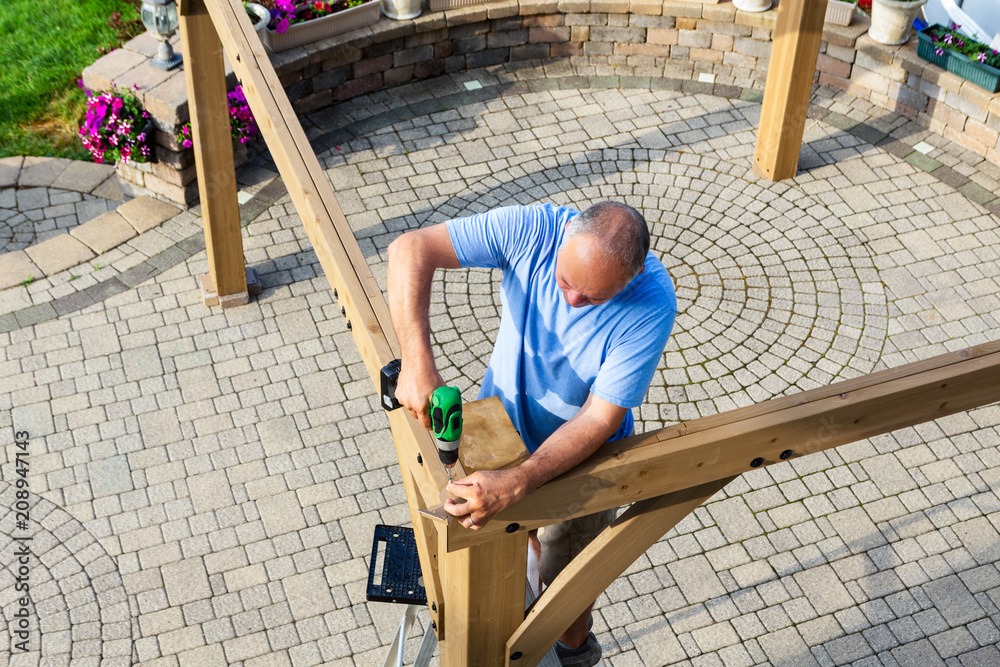
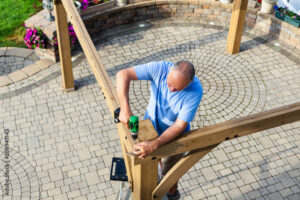


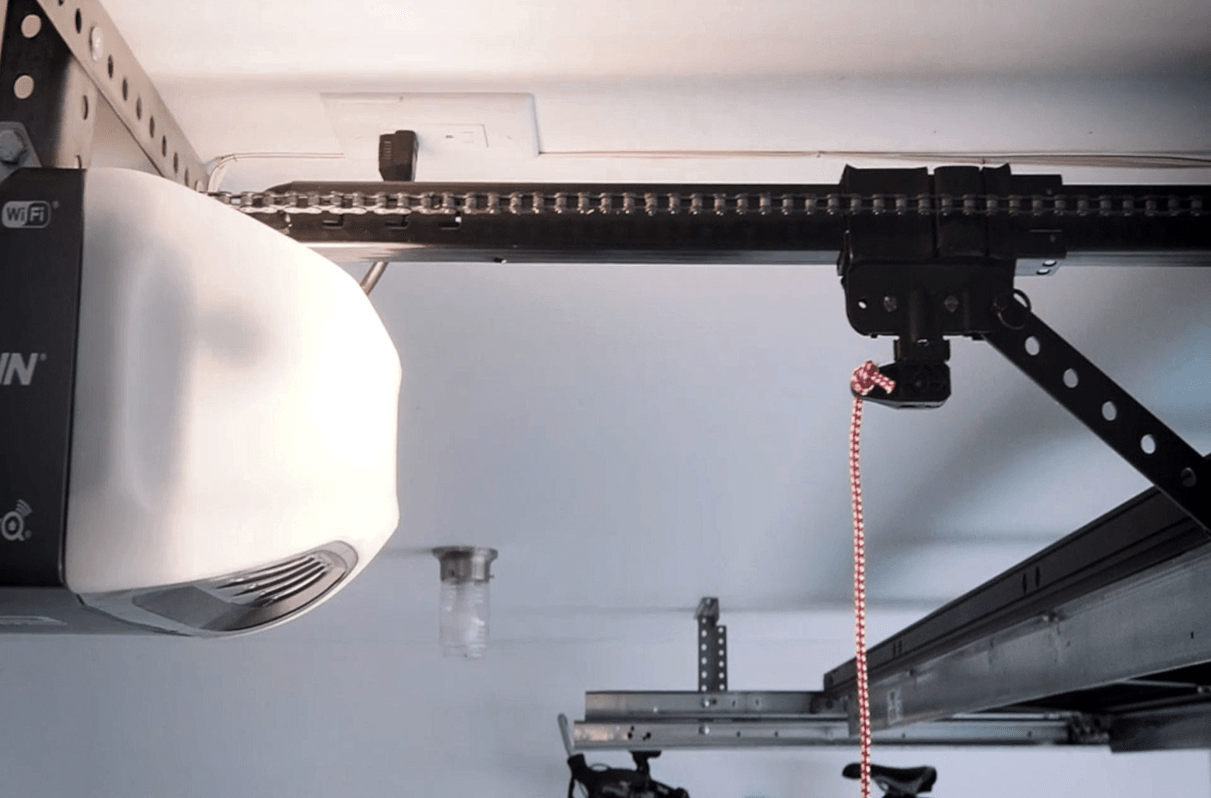
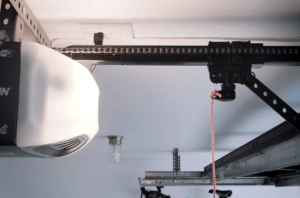 Residential garage door openers have multitude of benefits. It’s easy to install, has one remote control, and comes with a battery backup for when the power goes out. The controls are user-friendly, too. A great feature is the system that allows remote monitoring and control of the garage door from your smartphone. There’s no need to buy a separate hub – the opener connects directly to your home WiFi network. Make sure the WiFi signal is strong enough to reach the garage.
Residential garage door openers have multitude of benefits. It’s easy to install, has one remote control, and comes with a battery backup for when the power goes out. The controls are user-friendly, too. A great feature is the system that allows remote monitoring and control of the garage door from your smartphone. There’s no need to buy a separate hub – the opener connects directly to your home WiFi network. Make sure the WiFi signal is strong enough to reach the garage.